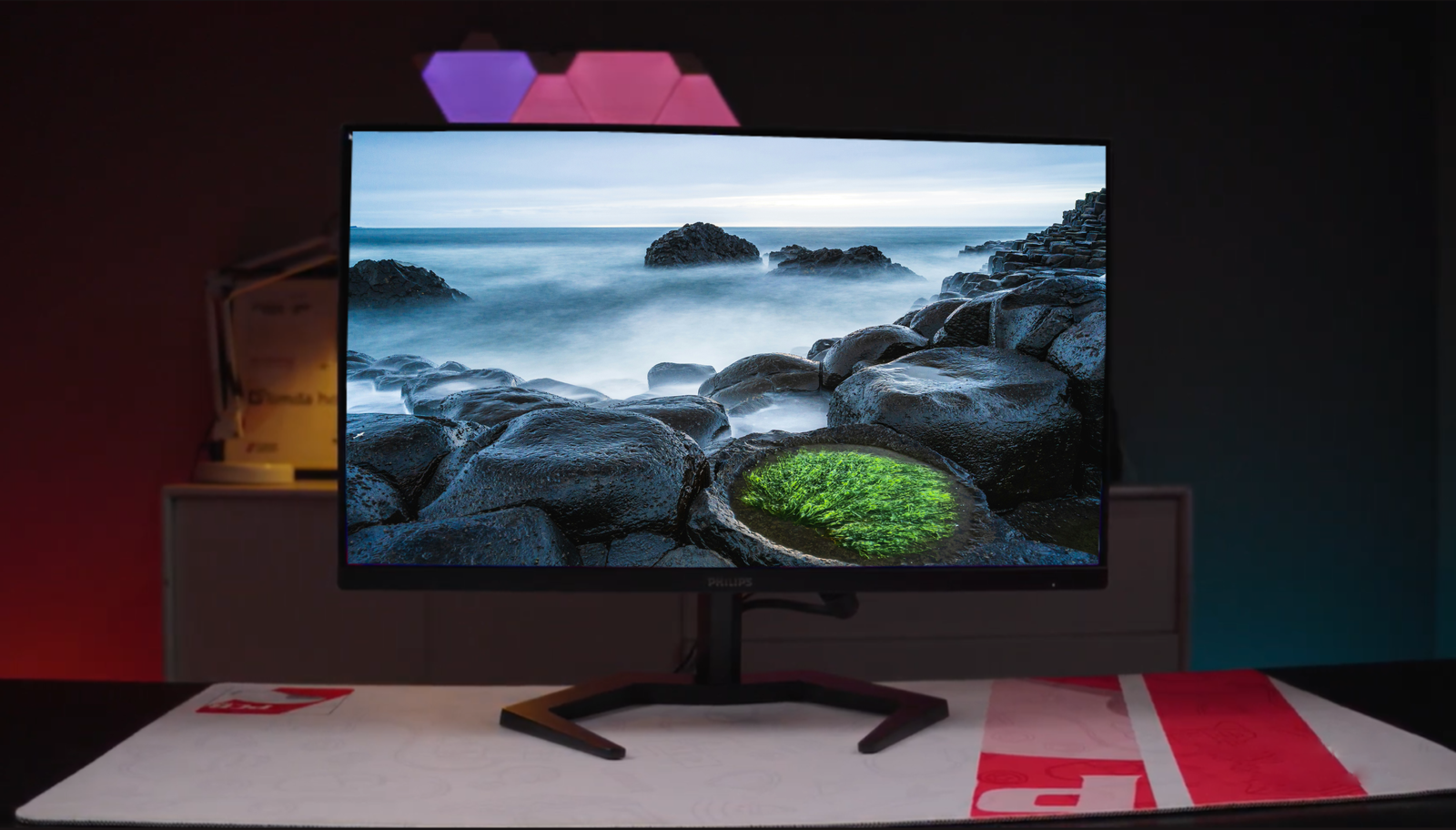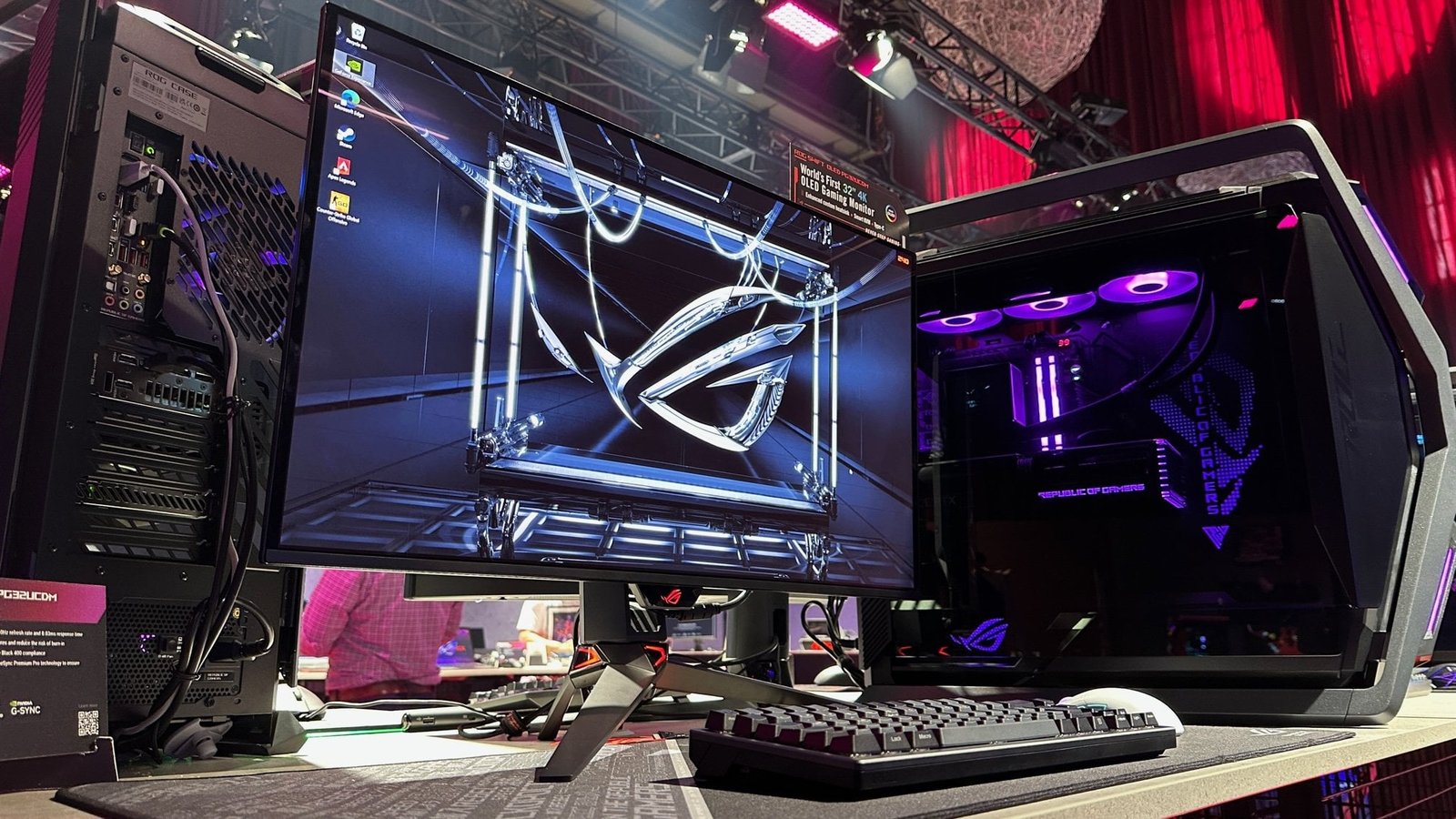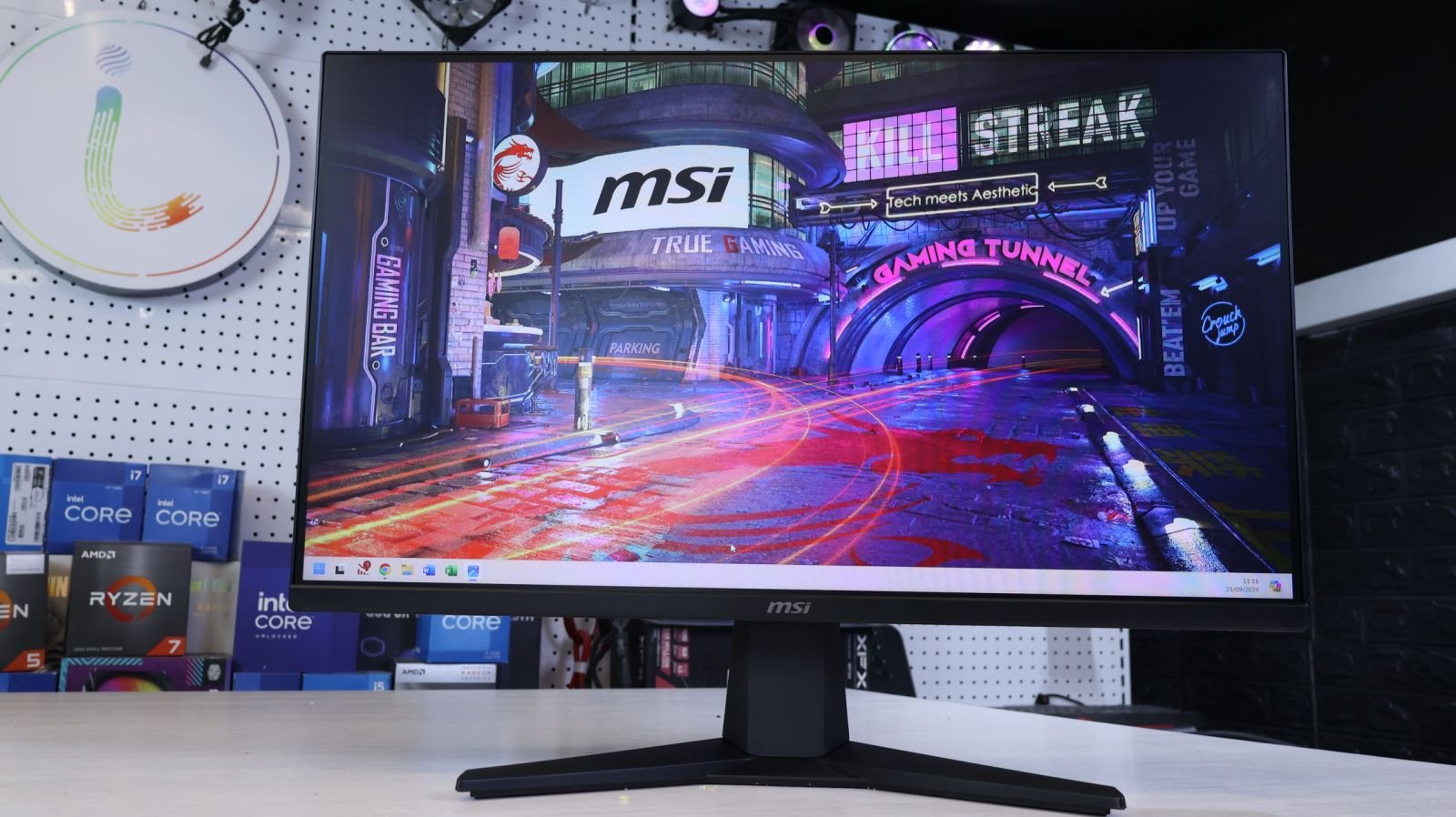The Philips Evnia 3000 series 24-inch monitor has quite a long name; you can check the official website for the details. This monitor was recently launched in the market and has generated quite a bit of hype. People are asking how the monitor actually performs and whether it’s worth buying. In the 24-inch segment, with competitors like MSI, Gigabyte, and Asus, can Philips stand out as a new contender? How well does this monitor perform in gaming and productivity? We will discuss its build quality, display performance, and other features in detail.
Now, let’s start with the first segment, build quality. If you’ve used other Philips products, like trimmers or household appliances, you’ve probably noticed that Philips designs are minimal and lightweight. The same applies to this monitor. After assembling the monitor, I noticed that it’s much lighter than other 24-inch monitors from MSI or other brands. It has a sleek design with a metal stand that allows for height, tilt, swivel, and pivot adjustments. The monitor itself weighs just over 2 kg and has a cable management holder at the back.
In terms of ports, the monitor offers a DisplayPort, two HDMI ports, and an audio input. All of these ports support 165 Hz with no issues. It also has two 3W speakers, which produce loud but somewhat muffled sound. While the sound quality isn’t crystal clear, it’s good enough for casual use.
When it comes to display performance
we used the Spyder X Pro tool for calibration. This 24-inch monitor has a 1080p resolution with a 165 Hz refresh rate. The calibration showed 100% sRGB, 82% Adobe RGB, and 91% DCI-P3, which are impressive results. The Delta E averaged around 1.44, which is good. Brightness was measured at 253 nits, which is decent but could be better compared to 2024 standards, where 300-350 nits is more common. The contrast ratio at 50% brightness was 840:1, which is better than some other monitors I’ve reviewed.
The viewing angles and uniformity are excellent.
The monitor covers a higher color gamut, providing sharpness and accurate tones. Gray and black levels are well maintained, unlike many monitors that struggle with gray tones, showing them as crushed blacks.
However,
there are some downsides. The factory calibration wasn’t perfect, and text sharpness, while decent, could be better compared to MSI monitors. The brightness at 253 nits feels somewhat limited, especially for those expecting higher brightness. Additionally, the white point calibration isn’t entirely accurate, so the monitor struggles to produce true-to-life whites. The sRGB mode’s calibration could also use some improvement.
For gaming,
the monitor supports 165 Hz, but unlike Rapid IPS panels, there’s no option to push it further. It has four response time modes: Normal, Fast, Faster, and Fastest. I found the Faster mode to be the best, but in the Fastest mode, you might notice some ghosting or pixel overshoot. Based on my experience, the monitor delivers around 5 ms GTG performance, which is good with minimal ghosting.
There’s also an MPRT mode,
which reduces motion blur by controlling backlight strobing, but I don’t recommend using it due to noticeable pixel overshoot. Another great feature is AMD FreeSync Premium, along with support for Nvidia G-Sync. Although it doesn’t have Nvidia G-Sync Extended support, it works well with Nvidia graphics cards, which is a premium feature.
Now, let’s talk about backlight bleed and glow. Since this is an IPS panel with WLED backlighting, some backlight bleed and glow are expected. In a dark room, I noticed slight glow, particularly around the upper and middle portions. It’s not too severe, but I expected Philips to do a better job of shielding against it. Compared to competitors like Asus and Gigabyte, Philips could improve in this area.
In terms of OSD settings,
Philips offers joystick control, which is easy to navigate. You can adjust gamma levels, pixel orbiting, smart image settings, low-light filters, and temperature settings. There’s also a low input lag option, which reduces the delay between your input and the monitor’s response.
In conclusion, the Philips Evnia 24M1N3200ZA isn’t the best in any single category, but it excels in the basics. If I were to compare it to MSI’s Rapid IPS or Asus’ Fast IPS panels, they might offer better performance for specialized gaming. However, if you’re looking for a monitor that balances gaming and productivity, this one offers some of the best performance in its class.




